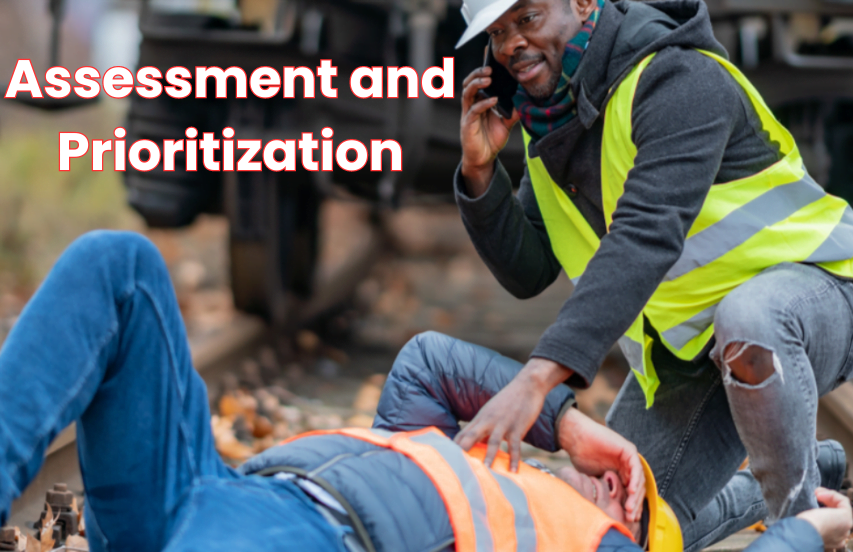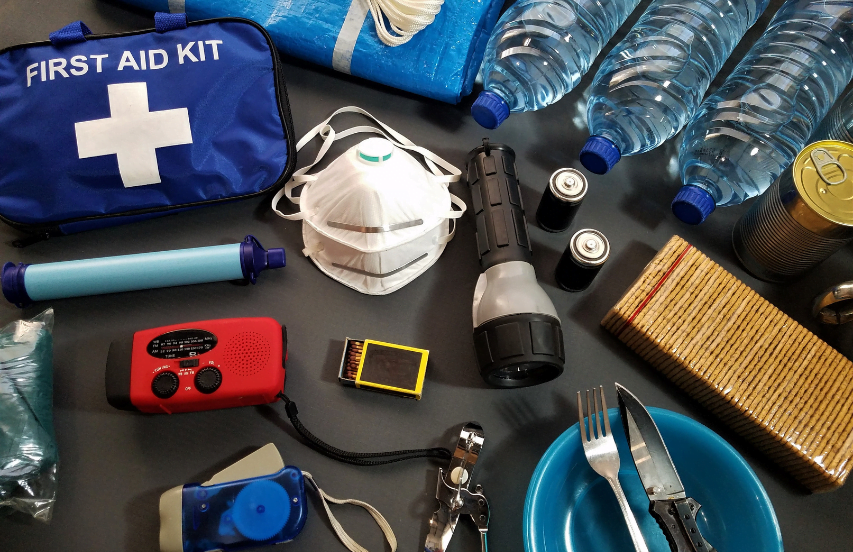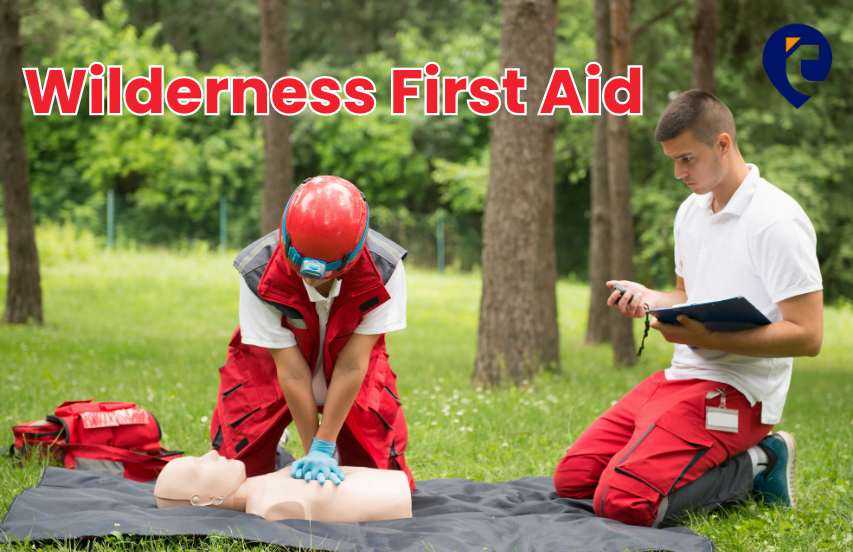Wilderness first aid helps you to overcome the injuries and emergencies that occur during the outdoor adventure. The knowledge of first aid is important because when you are out for adventure sports or any other activities where you cannot get the emergency doctor, this helps you tackle the situation. It teaches you how to handle injuries, keep people stable, and give important care until experts can come or you can get to a hospital. In this guide, we will discuss the essential skills of wilderness first Aid.
Understanding Wilderness First Aid
Wilderness first aid is like using regular medical knowledge but in places where it’s not easy to get help. It is emergency help to the patient when you do not have the proper medical sources. First is also about making a fast decision in an emergency with a cool mind on handling the patient and injuries to save a life.
Wilderness First Aid Essential Skills
In the undersection, we’ll talk about the main ideas of Wilderness First Aid. We’ll help you understand the way of thinking and the skills you need to handle emergencies in wild places where few people are around.
Assessment and Prioritization

In Wilderness First Aid, knowing what’s most essential and figuring out what to do first is really crucial. It’s like having a map that helps people deal with emergencies in wild places without much help nearby. The first moments following an incident are critical, and responders must swiftly determine the severity of injuries, assess the environment’s safety, and ascertain the best course of action. This process involves evaluating the injured person’s responsiveness, checking their breathing and circulation, and identifying any immediate threats to their well-being.
Wound management
Wound management in the context of Wilderness First Aid is a skill that connects what you know about basic medicine with how to handle tough situations in wild places. Wounds can get dirty and wet easily when you’re out in the wild, so it’s essential to know how to clean them nicely to stop infections. People who help need to be good at using things like antiseptics and clean bandages that they have. And sometimes, they might have to be creative and use whatever they can find, like using clothes as bandages or using things from nature to cover wounds.
Fracture and Sprain Care
Taking care of broken bones and sprains in Wilderness First Aid shows how smart you need to be when you’re far from hospitals. Without doctors nearby, people who help need to be good at making supports and splints from things like sticks, clothes, or even backpacks. To do this, they need to really know about how our bodies work and how these injuries happen. They have to keep the hurt area still while knowing that it might not feel great for the person who’s hurt. They also need to be able to tell if a fracture or joint problem is really serious and needs more help.
Environmental Hazards
The wild outdoors can be tricky because of the dangers of nature. Wilderness First Aid isn’t just about fixing injuries but also about staying safe from things like extreme weather. Being too cold, getting too hot, feeling weird in high places, and getting bitten by bugs are some of the problems people might face. Knowing the signs of these problems and how they affect the body helps fix them quickly. People who learn Wilderness First Aid can tell when someone is struggling because of the weather and do the right things to help. This part of
Building a Comprehensive Kit

When you’re out exploring nature, having a good first aid kit can make a big difference. Putting together a Wilderness First Aid kit means picking the right medical stuff while also thinking about how much it weighs and how much space it takes up in your outdoor gear. Stuff like bandages, things to clean cuts, tape, medicine for pain, and things to cover wounds are the basics of the kit. But it’s important to make it fit what you will do and where you’re going.
Training in Kit Usage
If you have a kit but you don’t know to use it, then it is just a burden for you. The respondent must know the basics of first aid and how to use the kit at the right time.
You should learn how to use the stuff in the kit by getting proper training. This training teaches you not just how to do basic medical things but also how to handle tricky situations when you’re far from help. It’s like learning how to clean wounds and make supports for broken bones. With training, you’ll know what to do quickly when things are urgent.
Emergency Signaling
Out in the big wild areas, where phones might not work, and help is really far away, knowing how to talk to others is super important. People who love the outdoors need to learn different ways to show they need help. Things like mirrors, whistles, and bright stuff can catch the eye of people who can help you. Learning how to use these things to show you need help can make help come faster when things are really bad.
Developing an Evacuation Plan
If a serious medical problem is too big for what you know in Wilderness First Aid, having a good plan to get help is really important. This means knowing your area, figuring out where you can leave, and knowing the fastest way to get help. Talking to others is a big part of this – choosing someone to go to for help if needed or using any devices to call for help from the authorities. It’s good to plan for bad things while hoping for the best so that even in really bad situations, you’re doing things to make sure you can be saved.
Staying Calm in Emergencies
Wilderness First Aid teaches you how to help with physical injuries, but you also need to know how to handle the feelings that come with emergencies. It is more important to stay calm in difficult situations to handle the patient and injuries in the right way.
Learning ways to cope with stress and anxiety, such as taking deep breaths, focusing on the moment, or thinking about what you need to do, can help you stay calm when things get crazy. If you’re the first person helping in the wild, being calm can also help the hurt person feel better because they see you’re in control and they’re safer.
Conclusion
Wilderness first aid helps tackle the emergency and save a life if you can’t find any help. Every traveler must be prepared and know essential skills to address the injuries and be able to set them. Always keep the first kit and know the basic knowledge to use it correctly during an emergency. Be calm in any situation and make an evacuation plan to get help from the nearby area if you have a serious issue. Hope above mentioned detail of wilderness first aid helps you in your outdoor adventure.


